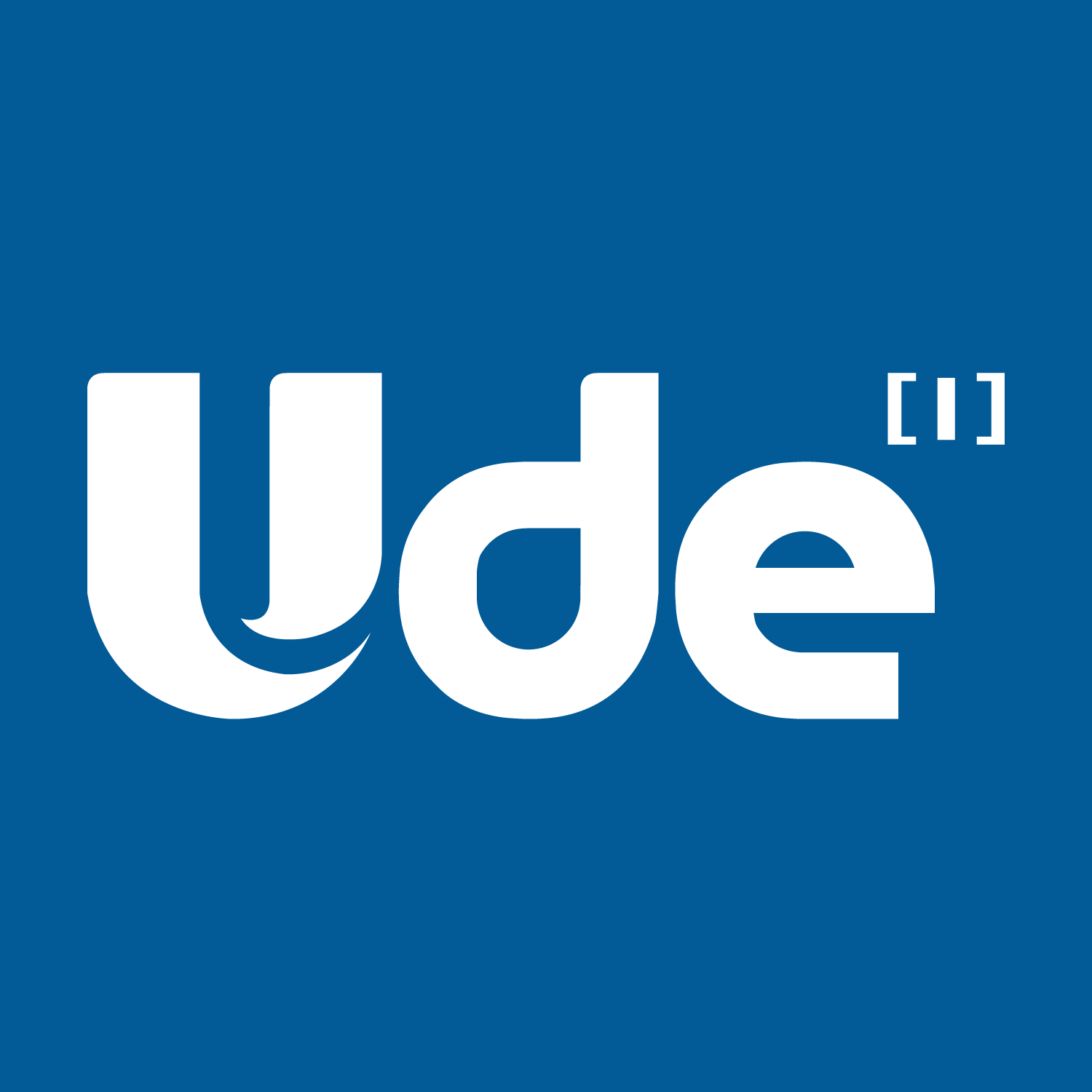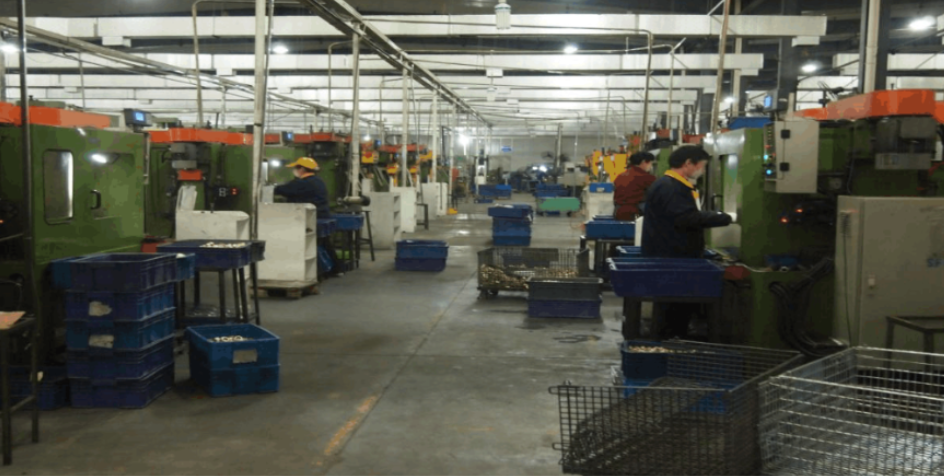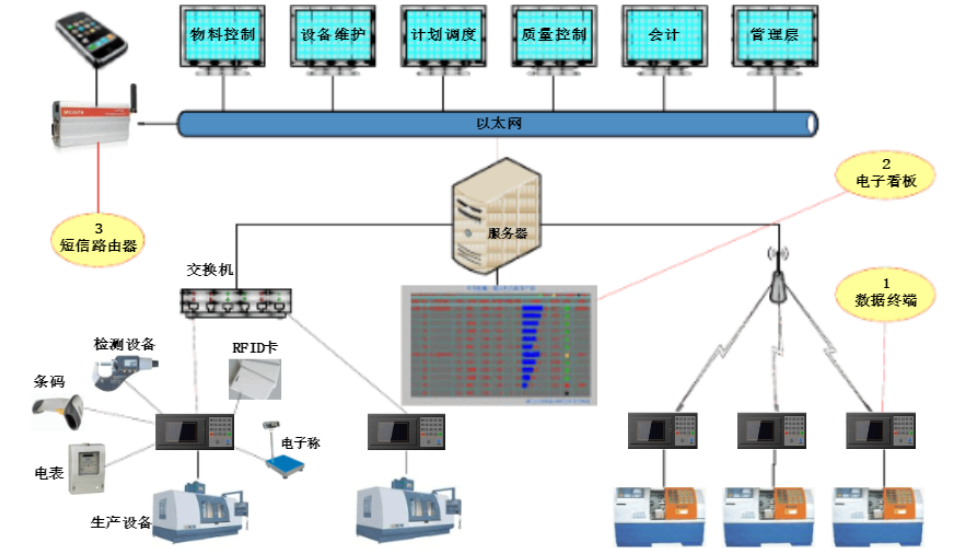





1. Project Overview
The Workshop Industrial IoT Solution is a deep integration of IoT technology with industrial processes. By providing specialized, standardized, and high-level industrial IoT platforms and solutions to manufacturing plants, it extends enterprise information to the production workshop and reaches the bottom-level production equipment. This enables the construction of a digitally transparent factory, greatly improving production efficiency, enhancing product quality, reducing product costs and energy consumption, and elevating traditional industries to the new era of intelligent manufacturing.


2. Key Objectives
The main objective of this solution is to achieve intelligent control, automated operations, information-driven command, and lean management of the production process in advanced manufacturing. This project aims to digitally integrate and interconnect the five major elements in the production process: man, machine, material, method, environment, and measurement (5M1E). It facilitates human-machine interaction, intelligent scheduling, management monitoring, and overall equipment optimization. The solution is based on the principles of lean six sigma, continuous improvement, and overall equipment effectiveness as the theoretical foundation. It utilizes wireless sensor networks, IoT, manufacturing execution systems, and network security as technical means to integrate production manufacturing and control into a unified platform.
2.1 The primary objective of the workshop-level edge computing wireless industrial IoT platform is to:
Optimize and enhance the LoRaWAN wireless communication network. Implement more application logic, functional modules, maintenance, and diagnostic functions in the terminal equipment to improve user perception, real-time response experiences, provide more efficient processing, reduce the load on the cloud, and enhance system stability and reliability.
2.2 The second objective is to:
Transform long-term accumulated workshop industrial IoT management system applications into platform-based functionality and standardize interfaces. This will create a more open and flexible system with robust security, stability, expandable service performance, and easy operability.
3. System Architecture

3.1 Data Terminals
Data terminals connect the production command system and the production site. They serve as the key devices for bi-directional information communication, and their functionality and reliability are crucial for the implementation of production execution capabilities and the cost of system operation and maintenance.
3.2 Electronic Display Boards (Digital Signage)
Digital signage, based on IoT, retrieves data from a real-time database and displays a large amount of information needed by workshop personnel through various playback modes (such as scrolling, paging, etc.). It exposes production dynamics and exceptions to all personnel on the production floor, enabling information sharing, collaborative support, mutual supervision, and quick response. It greatly improves the closed nature of traditional manufacturing shop floor information, significantly enhancing production efficiency.

3.3 SMS Routers
SMS routers are responsible for sending production abnormal events or requests to relevant responsible parties according to pre-defined settings. The responsible parties must respond within a predefined response time. If there is no response within the specified time, the SMS will be forwarded to their superiors. This method ensures accountability and enables quick response to production exceptions, improving time efficiency.

For example, if a machine in the workshop stops due to a malfunction, the system automatically detects it and requires the operator to report the stoppage code. After the operator selects the malfunction code, the repair technician on duty can receive the specific machine fault information within 3 seconds on the data terminal at the machine. If there is no response within the specified time (e.g., 10 minutes), the system will automatically forward this information to the workshop manager. If the workshop manager does not respond within the specified time (e.g., 1 hour), the system will automatically forward this information to the general manager.
· END ·